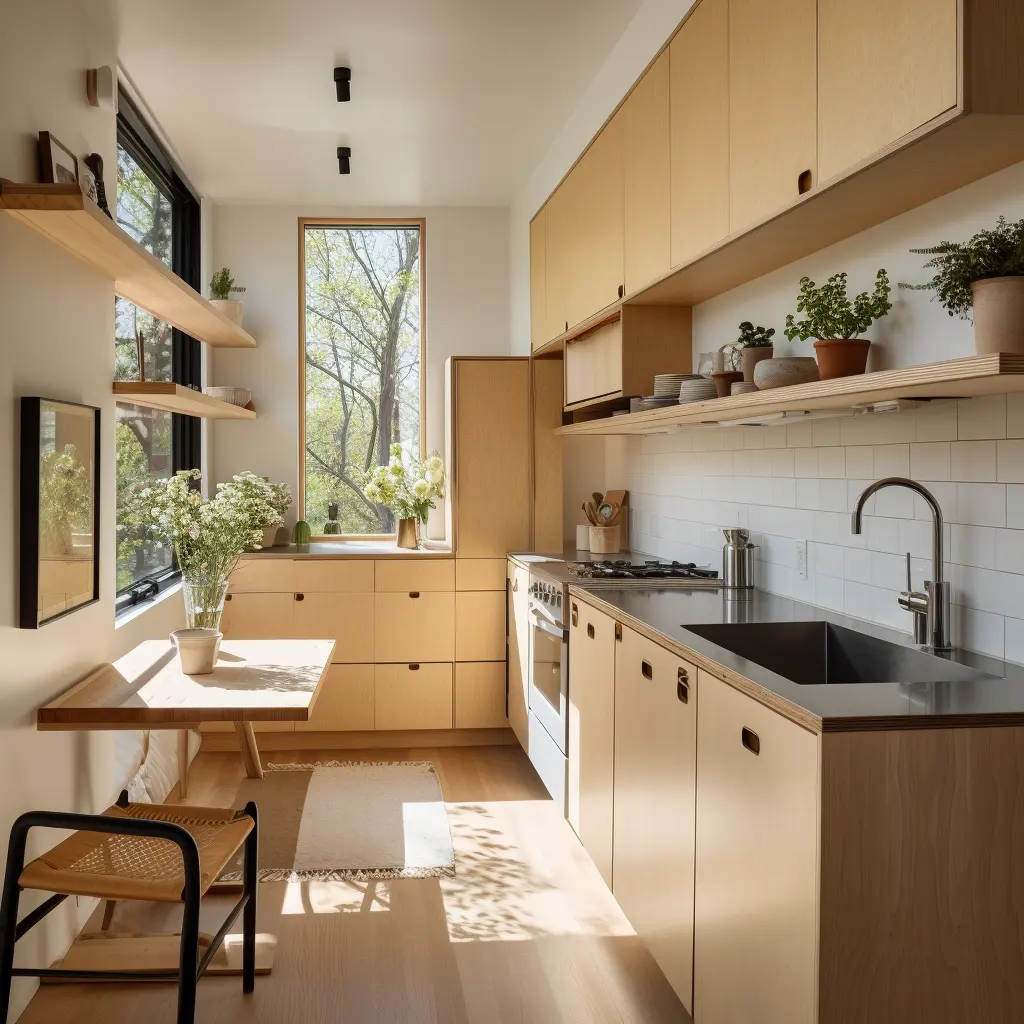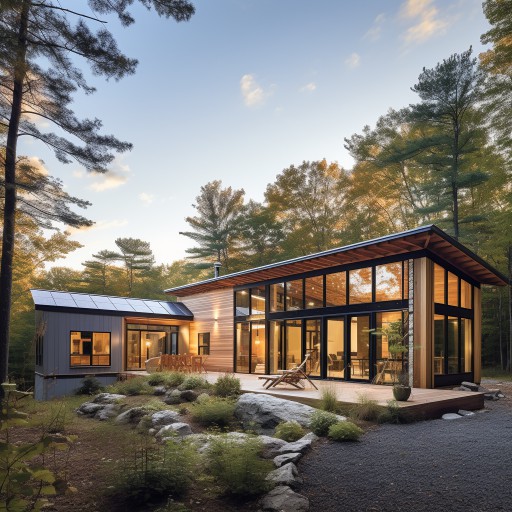How to Choose Eco-Friendly Flooring

co-founder
 When we embarked on our home renovation journey, we were focused on preserving the historical charm of our house. One of the standout features was the 130-year-old wide plank pine floors, which we wanted to match throughout the house. As renovation costs began to creep up, we were more focused on matching the existing floors than considering the environmental impact of our choices. At the time, eco-friendly flooring options seemed like an afterthought, and we simply assumed that wood floors were our best bet. Looking back, I realize how important it is to think about the environmental impact of the materials we use in our homes, especially flooring.
When we embarked on our home renovation journey, we were focused on preserving the historical charm of our house. One of the standout features was the 130-year-old wide plank pine floors, which we wanted to match throughout the house. As renovation costs began to creep up, we were more focused on matching the existing floors than considering the environmental impact of our choices. At the time, eco-friendly flooring options seemed like an afterthought, and we simply assumed that wood floors were our best bet. Looking back, I realize how important it is to think about the environmental impact of the materials we use in our homes, especially flooring.
The Lure of Matching Historical Floors
Our house's 130-year-old wide plank pine floors had an undeniable charm that we wanted to maintain. When faced with the challenge of finding flooring that would match the original pine, we were convinced that it was the best option for maintaining the historical integrity of our home. However, we didn't fully consider the long-term consequences of this decision or explore more eco-friendly alternatives.
The Downsides of Our Flooring Choice
Years later, the drawbacks of our flooring choice have become painfully apparent. The softer pine floors have not held up well to daily wear and tear. Moving furniture, the antics of our cats, and the constant foot traffic have left visible scratches, dents, and marks on the floors. The heavy traffic in the kitchen has been even more brutal. Thinking through the best kitchen flooring for our remodel would've been smart! If we had only taken the time to research and invest in more durable and eco-friendly flooring options, we could have saved ourselves the disappointment of seeing our once-beautiful floors deteriorate.
Lessons Learned and Eco-Friendly Flooring Options
After experiencing the consequences of our flooring decision firsthand, I've become a strong advocate for eco-friendly flooring that is not only sustainable but also durable and stylish. Here are some eco-friendly flooring options that I wish I had considered during our home renovation:
1. Bamboo Flooring Bamboo flooring is both sustainable and durable, making it an excellent alternative to softer wood floors like pine. It's available in a variety of styles and colors, ensuring that you can find an option that complements your home's aesthetics.
2. Cork Flooring Cork flooring is an environmentally friendly option that provides excellent insulation, is hypoallergenic, and feels comfortable underfoot. It's available in different finishes and colors, making it a versatile choice for any room.
3. Reclaimed Hardwood Choosing reclaimed hardwood flooring not only preserves the historical charm of older homes but also reduces the demand for new timber. This type of flooring is both eco-friendly and visually appealing, with each plank carrying a unique story from its past life.
4. Real Linoleum Flooring Eco-friendly linoleum flooring is a natural, biodegradable option that is durable and easy to maintain. It gets a bad rap, but it's worth a look... (I'm probably not going to look though). Real linoleum is made from all-natural materials, as opposed to synthetic linoleum.
5. Recycled Rubber Flooring Recycled rubber flooring is made from repurposed tires and other rubber products, making it an eco-friendly and durable choice for high-traffic areas or spaces prone to moisture.
Final Thoughts
As I reflect on our home renovation journey, I wish we had spent more time considering eco-friendly flooring options that were not only better for the environment but also more durable and better suited to our lifestyle. I hope that by sharing my experience, others can make more informed decisions when choosing flooring for their homes, ensuring that their floors remain beautiful and functional for years to come.

Renovate with EcoHome
EcoHome empowers homeowners to confidently build healthy and comfortable homes for a fair price.
Sign UpLocations View All →
NY
- Albany
- Binghamton
- Buffalo
- Esopus
- Freeport
- Hempstead
- Highland
- Kingston
- Long Beach
- Marlboro
- Mount Vernon
- New Paltz
- New Rochelle
- New York City
- Niagara Falls
- North Tonawanda
- Olivebridge
- Plattekill
- Rochester
- Rome
- Saugerties
- Schenectady
- Shandaken
- Syracuse
- Troy
- Utica
- Valley Stream
- Wallkill
- Woodstock
- Yonkers
NJ
- Bayonne
- Brick
- Camden
- Cherry Hill
- Clifton
- East Orange
- Edison
- Elizabeth
- Jersey City
- Lakewood
- Middletown
- Newark
- Old Bridge
- Passaic
- Paterson
- Toms River
- Trenton
- Union City
- Woodbridge
CT
PA
- Allentown
- Altoona
- Bethel Park
- Bethlehem
- Chester
- Easton
- Harrisburg
- Hazleton
- Lancaster
- Lebanon
- Monroeville
- Philadelphia
- Pittsburgh
- Reading
- Scranton
- Wayne
- Wilkes Barre
MD
- Abingdon
- Baltimore
- Bethesda
- Bowie
- Columbia
- Dundalk
- Ellicott City
- Frederick
- Gaithersburg
- Germantown
- Glen Burnie
- Potomac
- Rockville
- Severn
- Silver Spring
- Towson
- Waldorf



